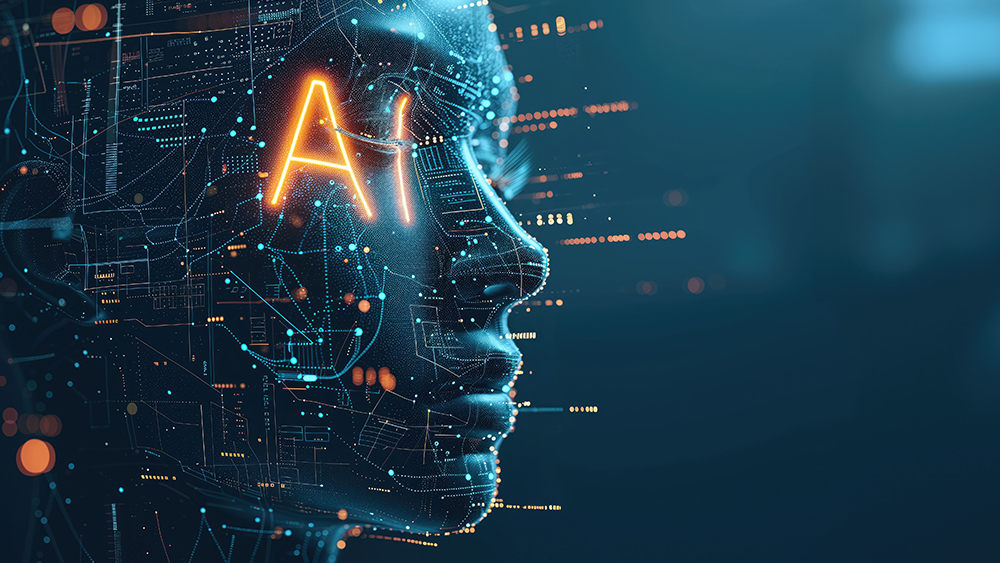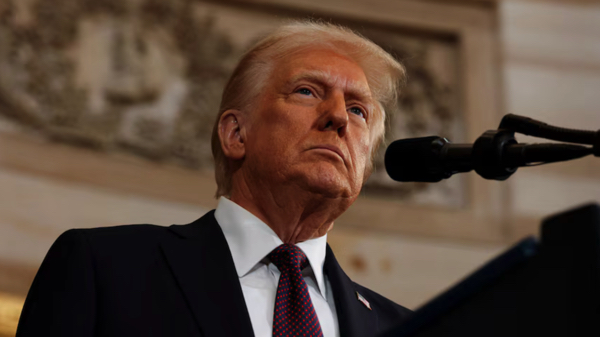 Parler
Parler Gab
Gab
- AI stocks, led by Nvidia, are experiencing a speculative surge reminiscent of the dot-com bubble.
- Experts warn of unsustainable valuations, with some AI companies trading at 90x forward earnings.
- OpenAI and other AI labs face profitability concerns, projecting billions in losses through 2028.
- A market correction could trigger consolidation, job losses and broader economic instability.
- Long-term AI potential remains, but investors must navigate inflated expectations and unproven business models.
Dot-com déjà vu: Unsustainable valuations
Current metrics suggest AI stocks are reaching bubble territory. Nvidia trades at 40x forward earnings, while Arm Holdings exceeds 90x—far surpassing the dot-com era’s peak P/E ratios. Meanwhile, AI startups with minimal revenue command valuations thousands of times their sales. The MIT Sloan School of Management found that 95% of generative AI investments yield zero returns, raising red flags about profitability. The parallels to the late 1990s are stark. Like the dot-com boom, today’s AI rally thrives on speculative capital, with companies such as OpenAI projected to lose $44 billion before breaking even in 2029. "Circular deals"—where firms invest in customers who then buy their products—artificially inflate demand, echoing the vendor financing schemes that exacerbated the dot-com crash.Who survives the crash?
A downturn would reshape the AI landscape, exposing vulnerabilities among cash-burning startups and unprofitable labs. Firms like OpenAI and Anthropic, reliant on continuous funding, may face fire-sale acquisitions or bankruptcy. Meanwhile, Big Tech giants—Microsoft, Alphabet and Amazon—could leverage their cash reserves to consolidate power, acquiring distressed AI assets at bargain prices. Yet not all will suffer. Companies with diversified revenue streams and tangible AI applications—such as healthcare diagnostics or industrial automation—may emerge stronger. The correction could also accelerate regulatory scrutiny, forcing transparency in AI investments and ethical deployment.Beyond Wall Street: Economic and social fallout
The ripple effects of an AI bubble burst extend far beyond stock portfolios. A sudden repricing could tighten financial conditions, slowing economic growth and triggering layoffs in overextended tech sectors. With AI-related capex driving 1.1 percent of U.S. GDP growth, a pullback might tip economies toward recession. Societally, the fallout could intensify debates over job displacement, as AI automation threatens roles in customer service, content creation and even legal research. Environmental concerns also loom, as abandoned data centers—built to fuel the AI arms race—risk becoming ecological liabilities.The road ahead: A necessary reset?
While a market correction would be painful, experts argue it could serve as a "healthy reset," pruning speculative excess and refocusing the industry on sustainable innovation. The maturation of AI will likely hinge on:- Regulation: Stricter oversight of speculative practices and data privacy.
- Efficiency: Smaller, specialized AI models that deliver measurable ROI.
- Workforce adaptation: Reskilling programs to offset automation-driven job losses.
Proceed with caution
The AI stock surge embodies both transformative promise and perilous speculation. While Nvidia and other pioneers may thrive long-term, the current euphoria risks a sharp reckoning. For investors, the mantra is clear: tread carefully, diversify and remember that even the most revolutionary technologies are not immune to gravity. The AI revolution is real—but so are the bubbles it inflates. This analysis is for informational purposes only and does not constitute financial advice. Sources for this article include: Telegraph.co.uk FinancialContent.com Finance.Yahoo.comLandmark study exposes AI chatbots as UNETHICAL mental health advisors
By Ava Grace // Share
Soft robotic “eye” powered by light: Breakthrough in autonomous, electronics-free vision
By Kevin Hughes // Share
Oil prices crash — Trump seizes opportunity to rebuild depleted SPR
By Willow Tohi // Share
Betrayal: Trump bets on Argentine beef as domestic producers reel
By Willow Tohi // Share
Florida’s housing crisis: A warning sign for the entire U.S. economy
By Kevin Hughes // Share
Trump stands firm as shutdown drags on: “We will not be extorted”
By Belle Carter // Share
Governments continue to obscure COVID-19 vaccine data amid rising concerns over excess deaths
By patricklewis // Share
Tech giant Microsoft backs EXTINCTION with its support of carbon capture programs
By ramontomeydw // Share
Germany to resume arms exports to Israel despite repeated ceasefire violations
By isabelle // Share










